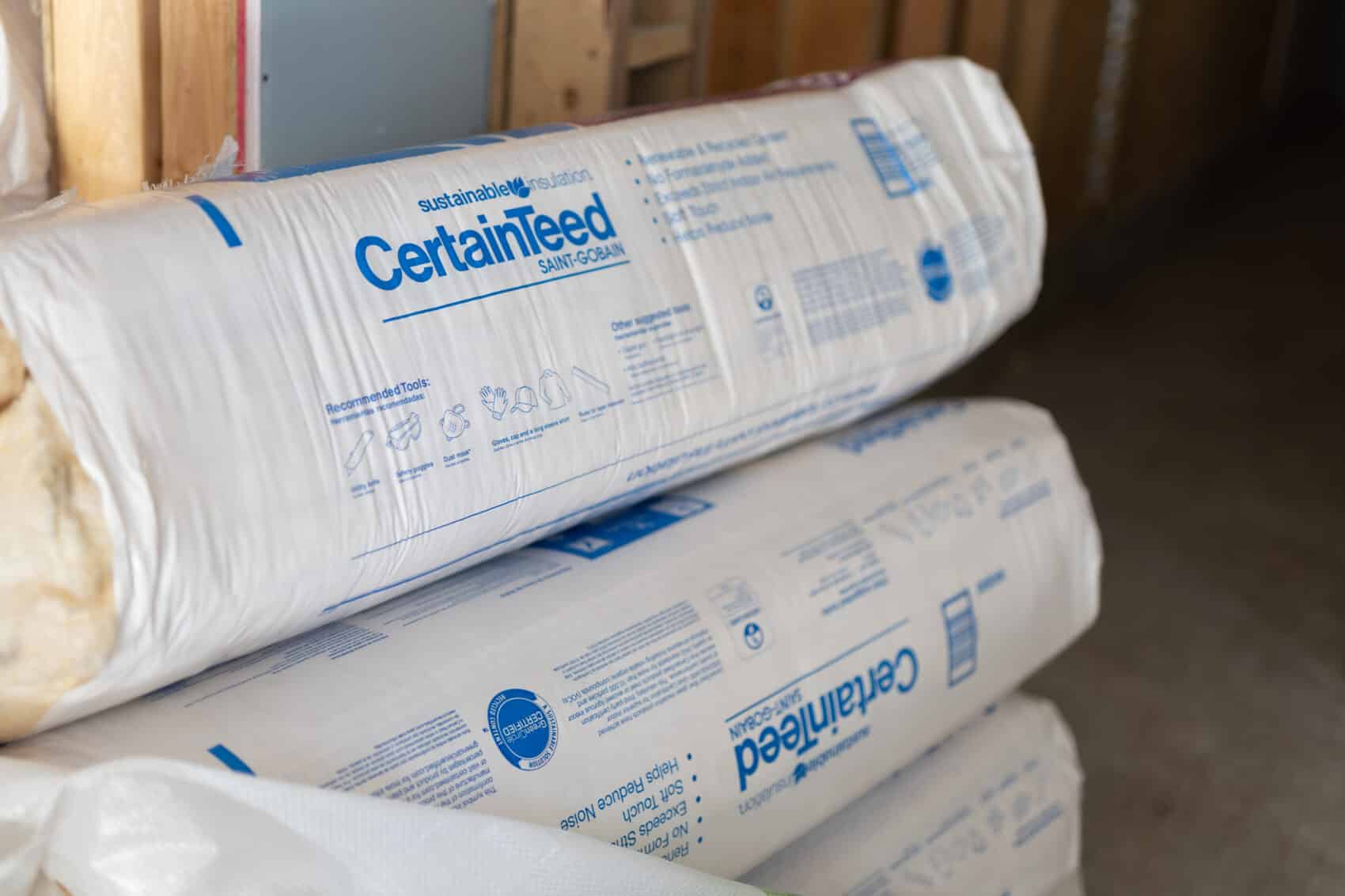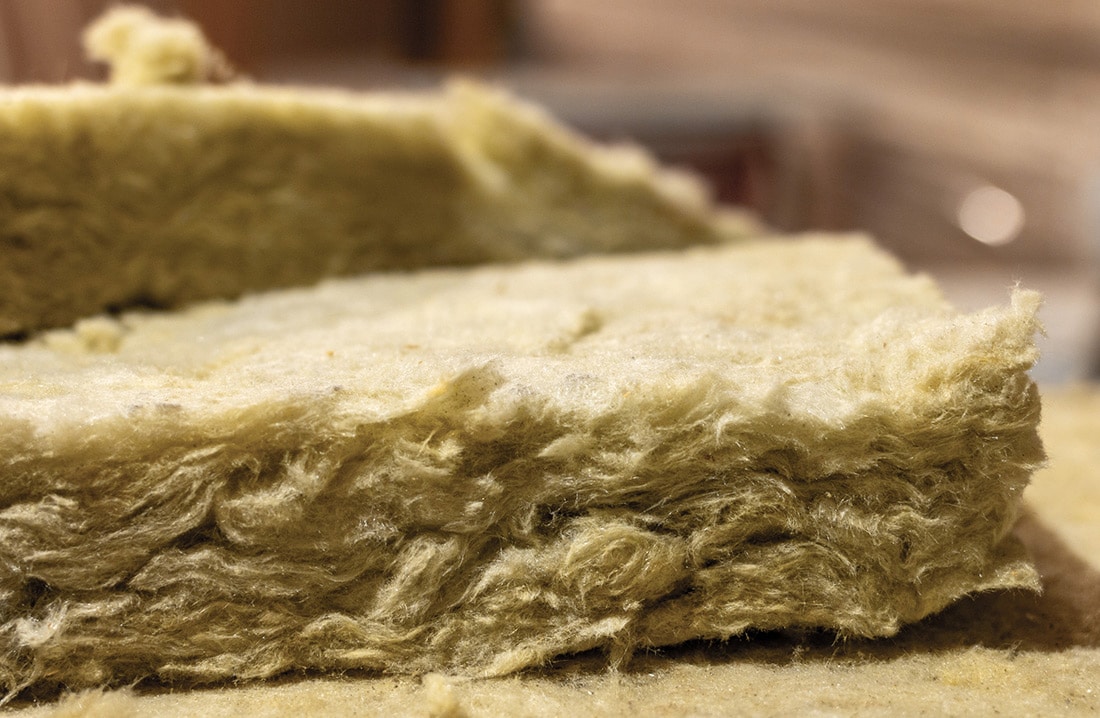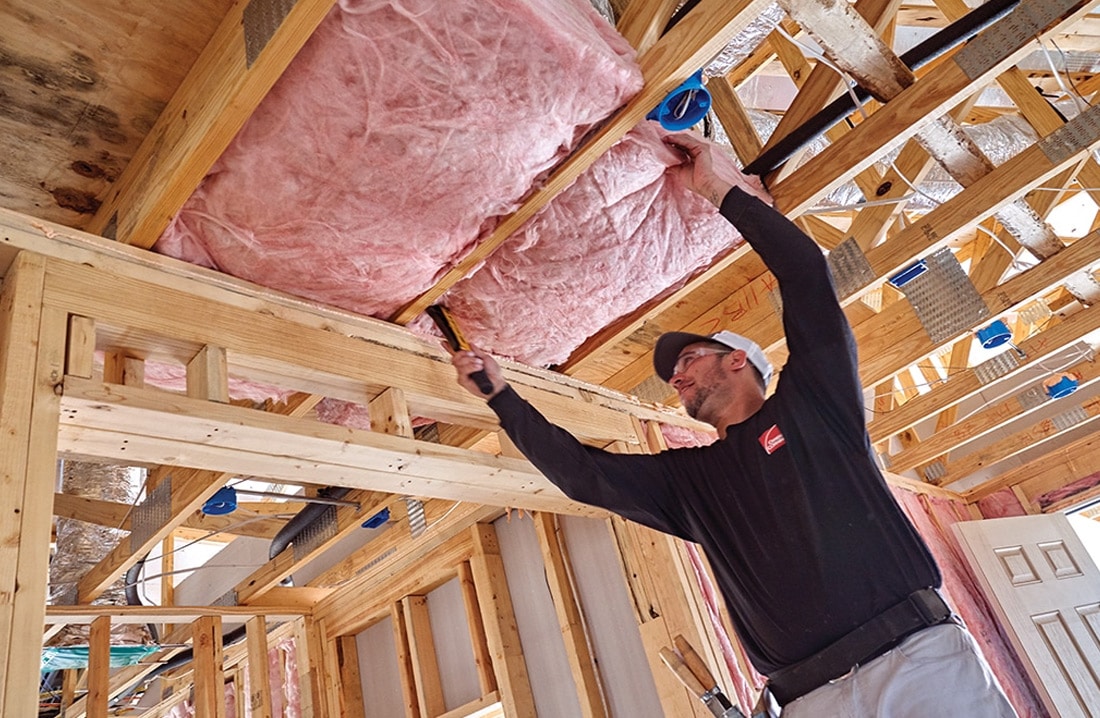If you’re looking to insulate your new home or re-insulate your current home, you’ve come to the right place. Here, we’ll explain what insulation is and how it works to protect your home and keep you comfortable year-round.
What Is Insulation?
Essentially, insulation is any material used to fill the spaces (including little gaps, crevices and hard-to-reach places behind walls, above ceilings, etc.) of your home to reduce heat flow by reflection and/or absorption.
There are several types of insulation, including soundproofing insulation, electrical insulation and thermal insulation. When discussing insulation in relation to your home, it’s thermal insulation that increases energy efficiency and comfort levels.
Thermal insulation is defined as products that reduce and slow heat loss or gain by providing a barrier between areas that are significantly different in temperature. Many forms of thermal insulation, such as cellulose and fiberglass, also provide soundproofing to some extent.
How Does Insulation Work?
Heat flows naturally from warmer areas to cooler ones. In the winter, heat moves directly from warm spaces (such as your home) to outdoor and unheated spaces. In the summer, heat moves from the warm outdoors to the cooler interior of your home.
Insulation works by slowing the movement of heat from a hot space to a cooler space. Insulation helps increase the energy efficiency of your home by reducing the amount of heat that escapes from it in the winter (containing the heat and keeping the house warm) and keeping it from getting too warm in the summer (retaining the cold air and keeping the interior comfortable).
When installed properly, insulation can increase the comfort of your home by maintaining a consistent, uniform temperature from room to room. Insulation will also increase your home’s energy efficiency, significantly lowering heating and cooling bills.
What Are the Different Types of Insulation?
There are several types of thermal insulation to choose from, including:
- Fiberglass insulation: Fiberglass is one of the most widely used types of insulation, and it can be installed as a blanket system of rolls and batts.
- Cellulose insulation: One of the most environmentally friendly types of insulation available, cellulose is made of up to 80% recycled material. It’s also one of the best types of insulation for soundproofing.
- Spray foam insulation: Spray foam is ideal for all the small cracks, gaps and crevices behind your walls and can help eliminate air leaks that can cause your energy bills to skyrocket.
- Radiant barrier insulation: At MIG, we don’t offer radiant barrier insulation. However, this type of insulation is ideal for warm climates. It’s installed in the attic, right under the roof, to help your home reflect, rather than absorb, heat from the sun.
- Rigid foam insulation: Rigid foam, or rigid board, is available as a foam panel that can be cut. It’s mainly used for new construction insulation projects.
- Rockwool insulation: Made of rocks and minerals spun into small, high-temperature-resistant fibers, rockwool (or mineral wool) insulation is used for a variety of applications.
- Icynene insulation: A spray foam insulation is often installed between floor joists and around wiring, piping and ductwork. It’s great for maximizing energy efficiency.
Many types of insulation — fiberglass, cellulose and foam board — absorb heat. They stop heat flow, known as conduction.
Radiant barrier, on the other hand, reflects heat from the sun and is installed in attics to keep homes cool and comfortable (and much more energy-efficient). As its name suggests, radiant barrier insulation stops radiant heat transfer.
Where Can You Insulate?
- Attic insulation: As one of the biggest sources of energy loss in homes, attics are good places to insulate.
- Wall insulation: Walls are other big sources of energy loss, and they need to be insulated — it’s essential for better home energy efficiency. Like the attic, you’ll probably need to use more than one type of insulation for the walls.
- Basement insulation: Even if your basement is unfinished, it holds a lot of potential for energy savings. The right amount of basement insulation can save you hundreds of dollars per year.
- Crawl space insulation: Crawl space insulation, like basement insulation, is sometimes forgotten. After all, not everyone uses their crawl space daily, but crawl space insulation can help prevent heat from leaking into or escaping from your home.



